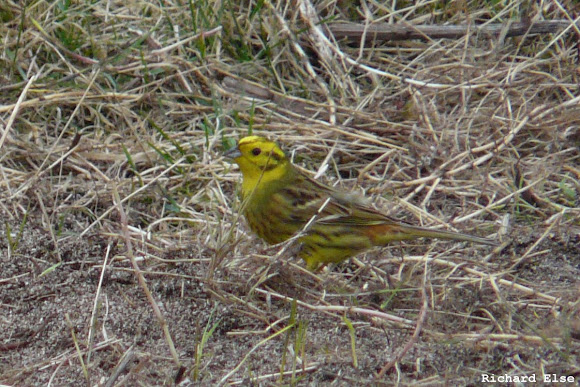





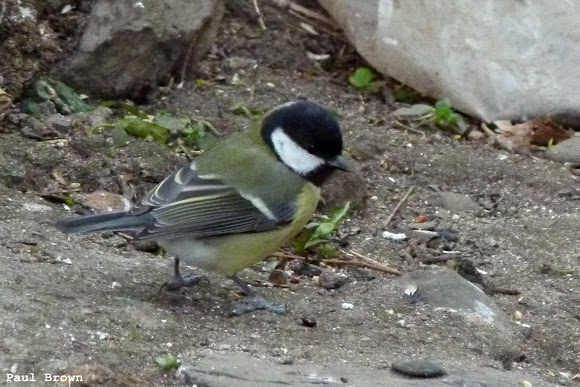
The Great Tit spent the day feeding amongst the local sparrows. It was trapped for ringing in the afternoon and confirmed as a first-winter female.
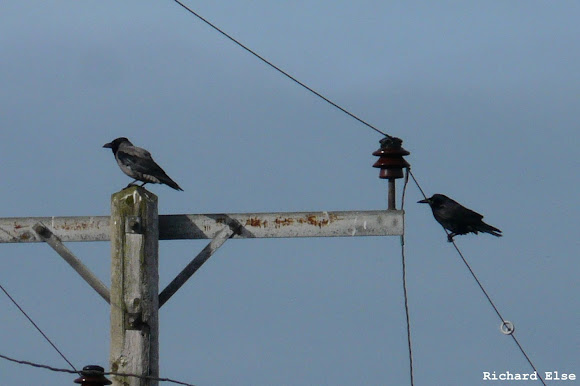 Unfortunately, the White-billed Diver didn't linger long enough for photos to be taken, but a picture of a Rook is almost as interesting. No?
Unfortunately, the White-billed Diver didn't linger long enough for photos to be taken, but a picture of a Rook is almost as interesting. No?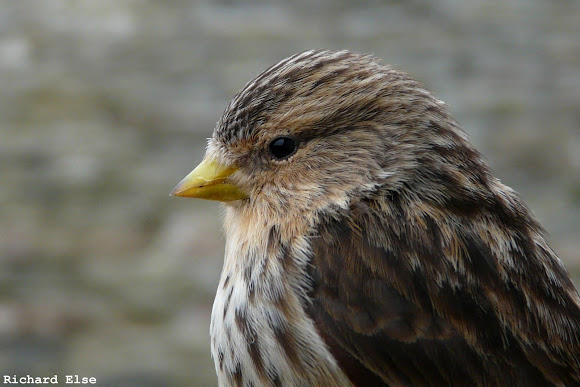 A newly rotivated field near the observatory is already proving popular with the Twites; calm weather has allowed several of them to be caught and ringed.
A newly rotivated field near the observatory is already proving popular with the Twites; calm weather has allowed several of them to be caught and ringed.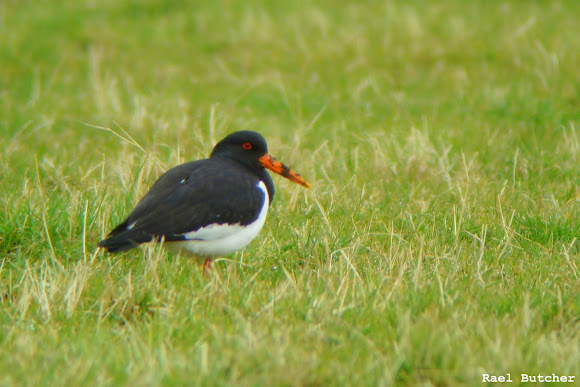
Oystercatchers have been a very conspicuous feature of birding around the island of late, particularly at high tide when they gather inland to feed in the fields.

The long-staying Grey Plover on the links was seen again today. If only someone had checked that part of the island yesterday, we would have equalled the highest ever count.
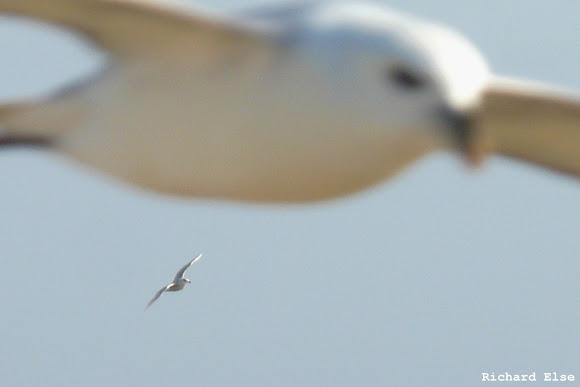
The problem with having so many Fulmars is that they sometimes obstruct your view of Iceland Gulls.
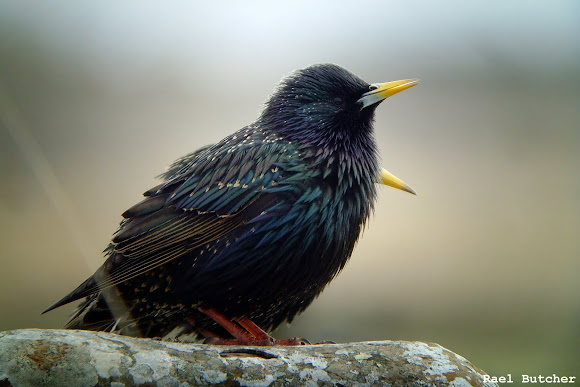
Mass hatch-outs of insects on the beaches have attracted large flocks of feeding Starlings.

Today's arrival was the first movement of Whooper Swans this year.
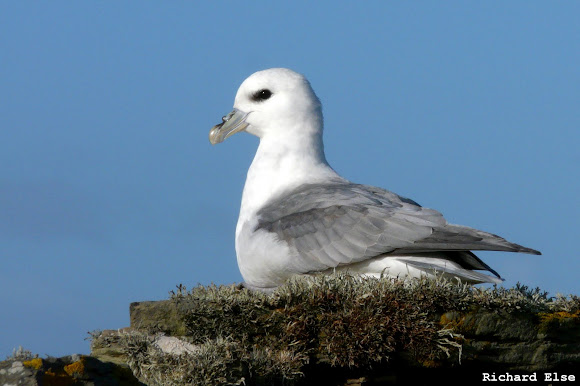
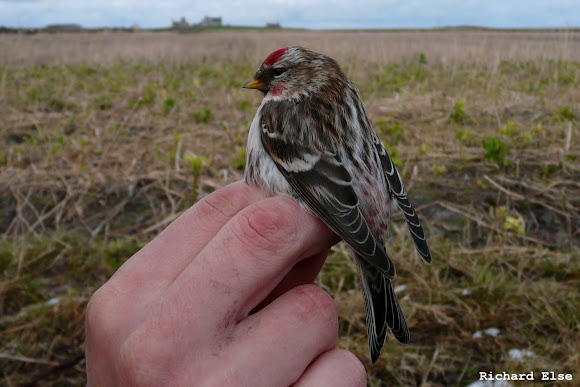

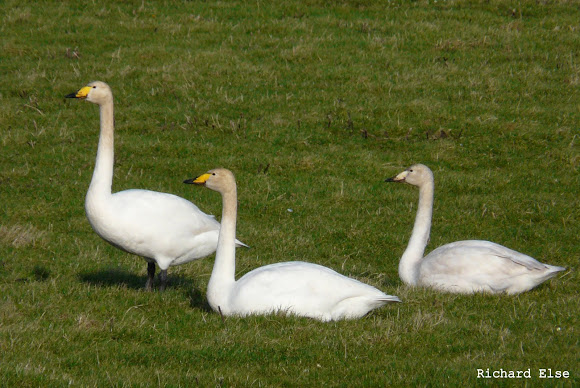

Black Guillemots started to return to the colonies this week, with more than 150 being seen on some days.